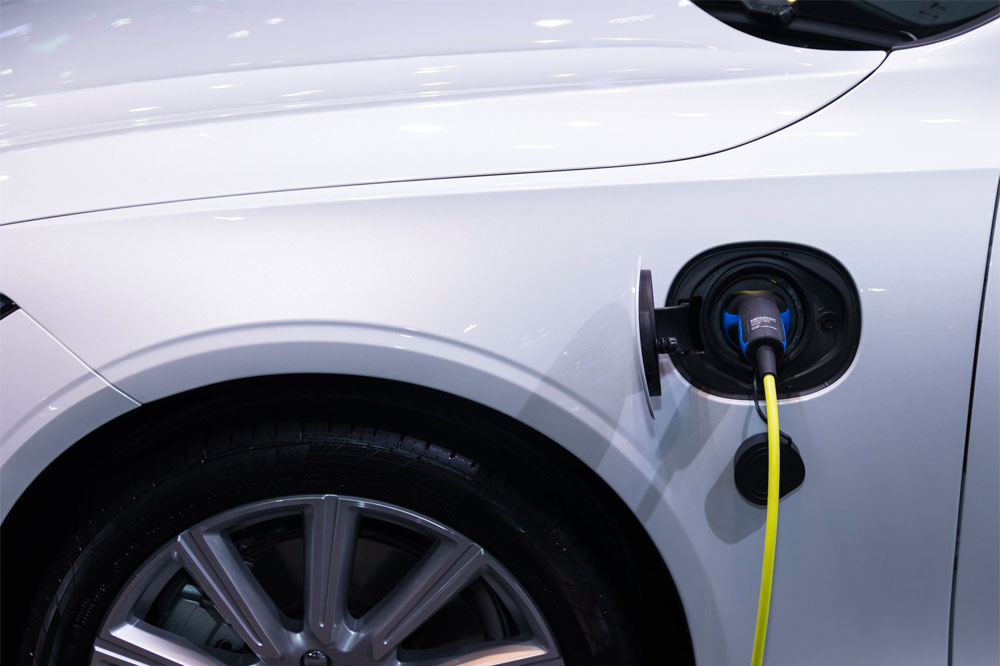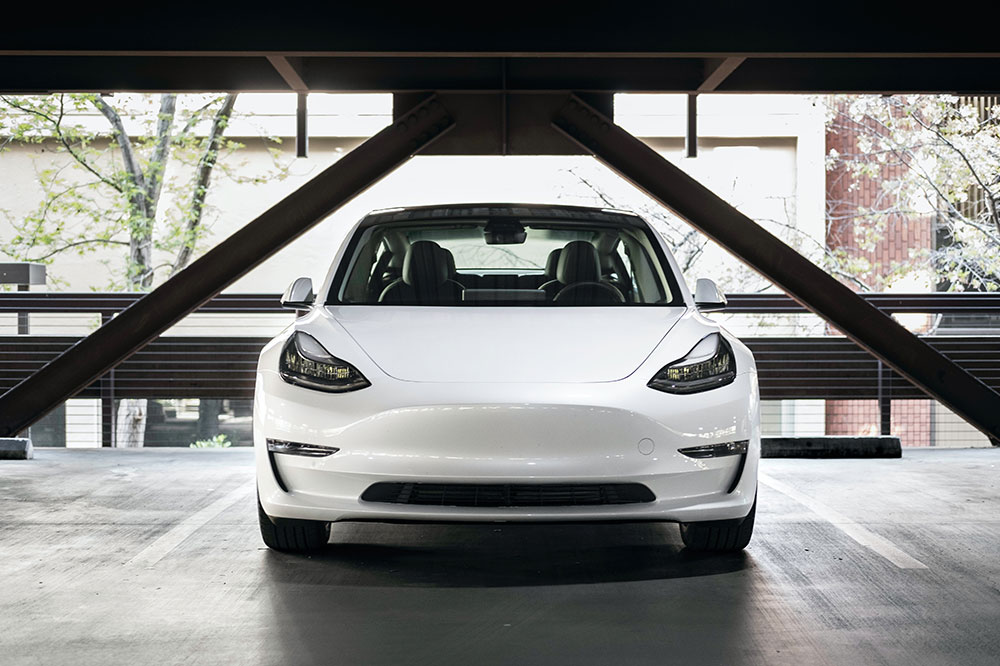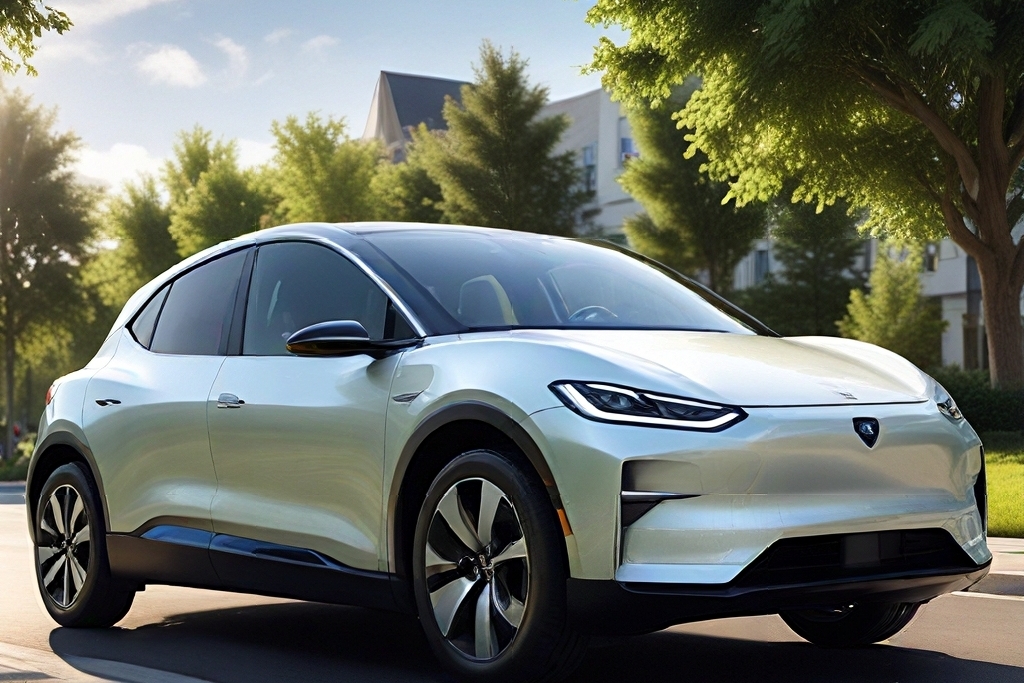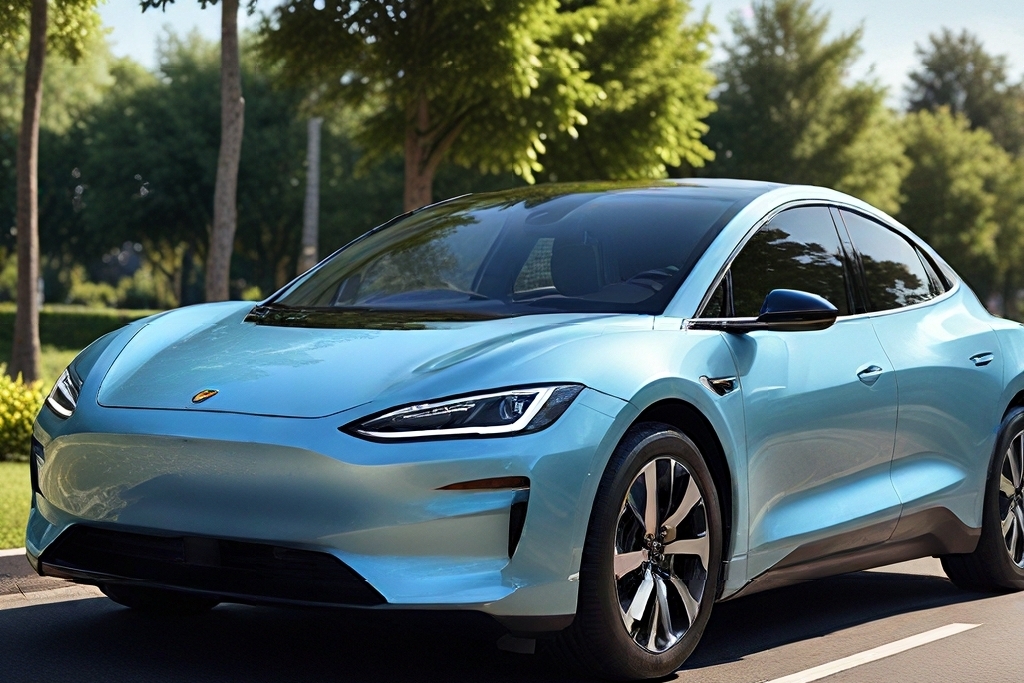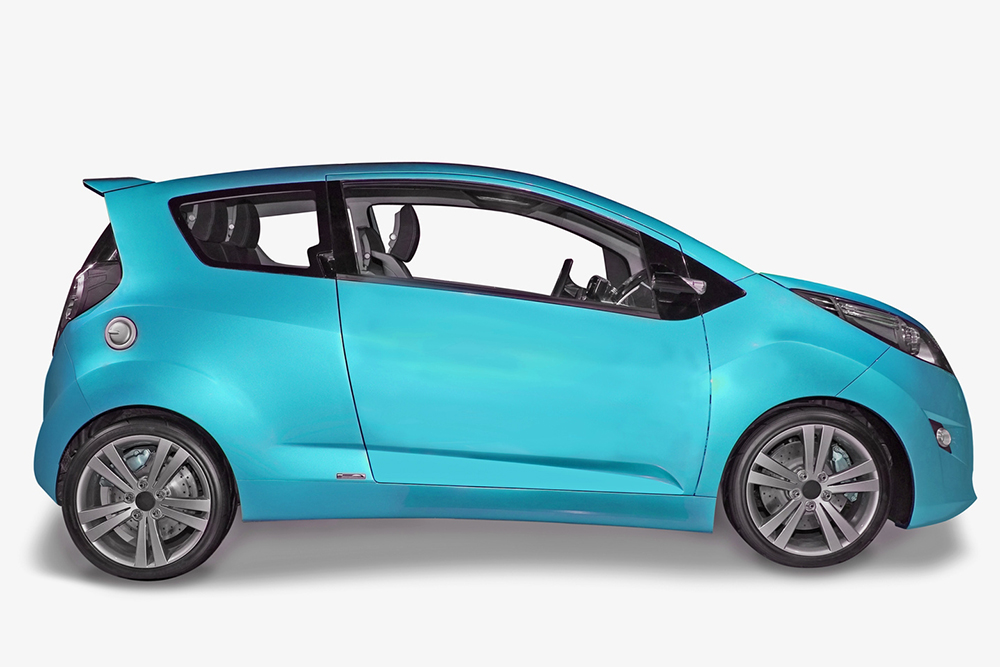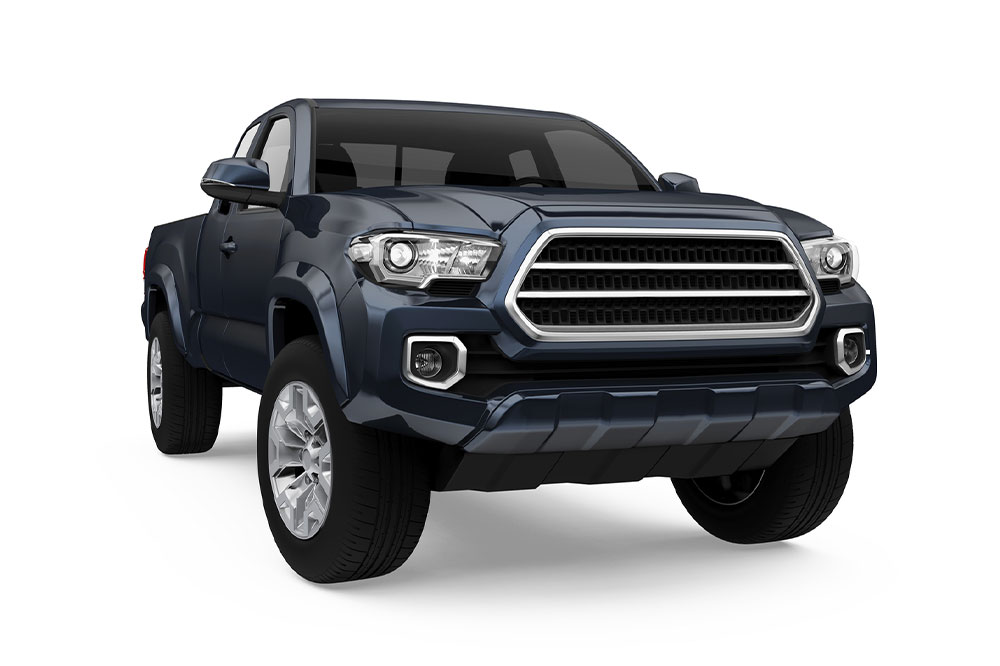Comprehensive Overview of Electric Vehicles
Explore the latest developments in electric vehicles, from their technological advancements to environmental benefits. Discover popular models, charging options, and conversion tips that make EVs an attractive choice for eco-conscious drivers. Understand how governments promote electric mobility and why these vehicles are shaping the future of transportation.
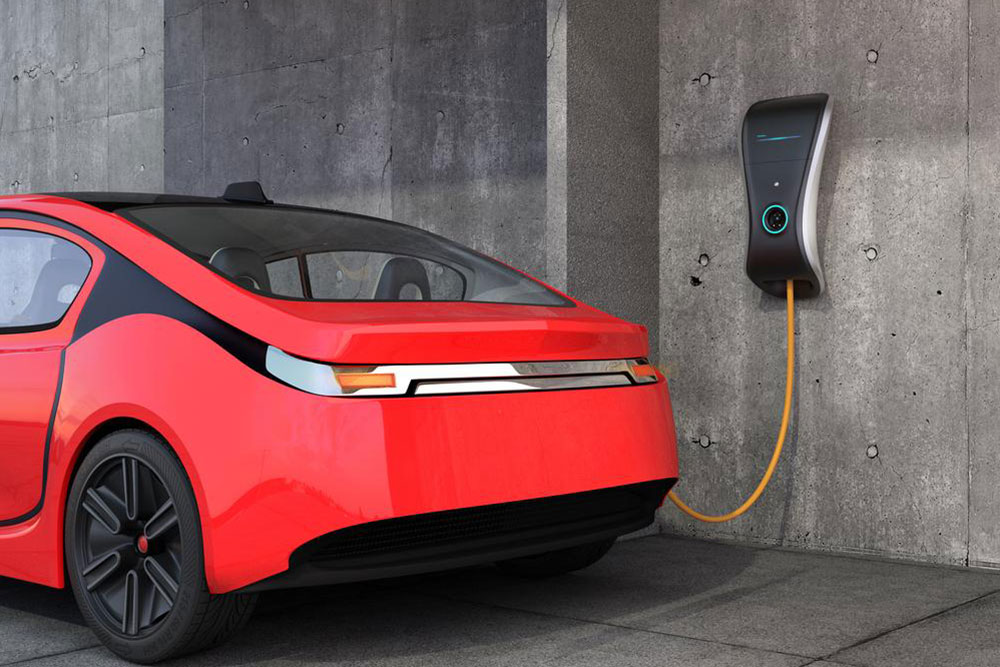
Comprehensive Overview of Electric Vehicles
Electric automobiles are vehicles powered solely by batteries and electricity, eliminating the need for traditional fuel. Once limited to slow speeds, modern electric cars now include high-performance sports models capable of faster acceleration.
This transition is considered a major evolution in the automotive sector, driven by advances in battery technology and rising oil prices. Governments worldwide are actively encouraging adoption of electric vehicles (EVs) due to their environmental benefits and elimination of fossil fuel dependence. Campaigns are underway to educate the public about EV advantages and affordability.
Electric cars offer benefits such as quieter operation and zero tailpipe emissions. Charging them has become convenient; users can install home chargers or utilize public stations. Popular models like Nissan Leaf and Tesla Model S provide impressive ranges—up to 243 km and 539 km respectively on full charge.
The maximum speeds of EVs depend on the manufacturer and battery capacity. To enhance range and performance, some automakers produce hybrid vehicles that combine gasoline and electric power. High-performance electric motors, such as HPEVS systems, are used in various vehicle types including full-sized cars, motorcycles, industrial equipment, and amusement rides, delivering efficiency and power.
Many enthusiasts convert conventional gasoline cars into electric ones by replacing the engine with an electric motor powered by rechargeable batteries, removing the fuel tank, catalytic converter, and exhaust pipe. Transmissions are often adapted for electric conversion, while the manual clutch is usually removed.
Electric motors significantly reduce pollution and are integral to hybrid and fully battery-powered vehicles. Cost savings on fuel motivate many owners to switch from traditional vehicles to electric alternatives.
Disclaimer:
Our blog provides diverse, well-researched information for readers. However, the content should not be seen as definitive or comprehensive. We are not responsible for discrepancies or inaccuracies, and some schemes or offers may vary or be unavailable. Readers are encouraged to verify data through additional sources.

